Which Way Do Winds Blow Around A Low Pressure System?
Which way do winds blow around a low pressure system?. Low pressure is called a cyclone and has anticlockwise winds blowing around it. In the northern hemisphere this wind spiral flows in an anticlockwise direction around areas of low pressure and in a clockwise direction around areas of high pressure - the opposite is the case in the southern hemisphere as the Coriolis force acts in the opposite direction. Not only do differences in air pressure help determine wind speed and direction they help forecast precipitation and clear weather.
Low- pressure systems rotate counter-clockwise in the Northern hemisphere and High-pressure systems rotate clockwise. 3 Winds near the center are slower than the winds further from the center. In the northern hemisphere the spin of the earth causes winds to curve to the right to the left in the southern hemisphere.
So in the northern hemisphere winds blow clockwise around an area of high pressure and counter-clockwise around low pressure. Low pressure and high pressure systems are connected and in fact often generated by upper atmosphere with winds. In a low pressure weather system air flows inward but this deflection twists the air flow towards the right creating an anticlockwise swirl of winds.
In a high pressure system air flows outward and the deflection results in a clockwise rotation. The air circulates around low pressures. This force is known as the Coriolis force.
One may also ask what direction does wind blow in the northern hemisphere. In the Southern Hemisphere winds blow around a high pressure in an anticlockwise direction and around a low pressure in a clockwise direction. Southern hemisphere winds around low pressure systems or cyclones move clockwise and winds around high pressure systems or anticyclones move anticlockwise.
As there is low pressure area the air wants to reach equilibrium so it will send air from higher pressure areas to lower pressure areas and as the air moves it creates winds. The pattern of surface winds around a northern hemisphere low-pressure system is counterclockwise surface winds blow from areas of higher pressure to areas of __________ pressure. Low pressure indicates rising air which allows clouds to form bringing rain or snow.
If this were the only force acting on a low pressure system no counterclockwise spin would occur. High pressure is called an anticyclone and has clockwise winds blowing around it.
A high pressure system has higher pressure at its center than the areas around itWinds blow away from high pressureSwirling in the opposite direction from a low pressure system the winds of a high pressure system rotate clockwise north of the equator and counterclockwise south of the equator.
In a low pressure region due to the pressure winds move from the outside towards the inside. Winds generally blow from high- pressure to low pressure areas at the surface. In the Northern Hemisphere the turning of the earth on its axis results in deflection of the wind to the right. -This causes unequal heating of the earth which causes pressure differences or pressure gradient which causes wind as air moves from high pressure cold area to low pressure warm area. In the northern hemisphere the spin of the earth causes winds to curve to the right to the left in the southern hemisphere. The wind blows clockwise around a high pressure area and counterclockwise around a low pressure area. Air Flows From High Pressure to Low Pressure. Generally prevailing winds blow east-west. Its pretty much the other way around low pressure leads to more wind.
Answer 1 of 2. What direction do the winds of a low pressure system move in the Northern Hemisphere. A high pressure system has higher pressure at its center than the areas around itWinds blow away from high pressureSwirling in the opposite direction from a low pressure system the winds of a high pressure system rotate clockwise north of the equator and counterclockwise south of the equator. Its pretty much the other way around low pressure leads to more wind. This is called the coriolis effect. Winds blow towards the low pressure and the air rises in the atmosphere where they meet. Low- pressure systems rotate counter-clockwise in the Northern hemisphere and High-pressure systems rotate clockwise.

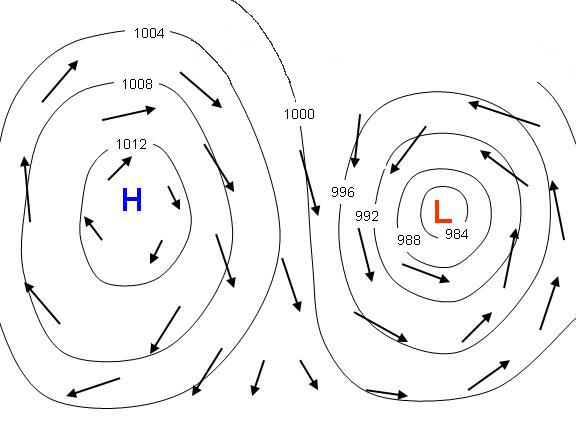
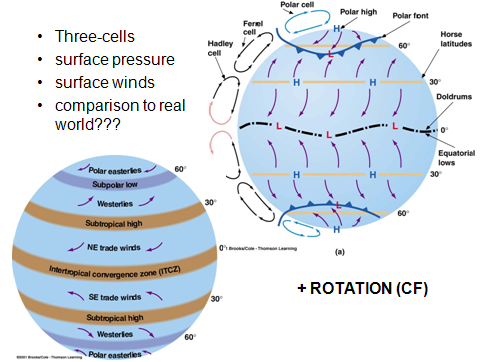
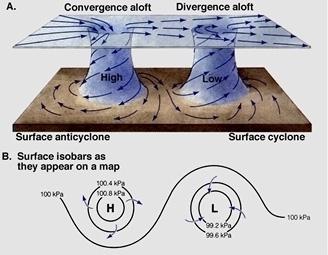
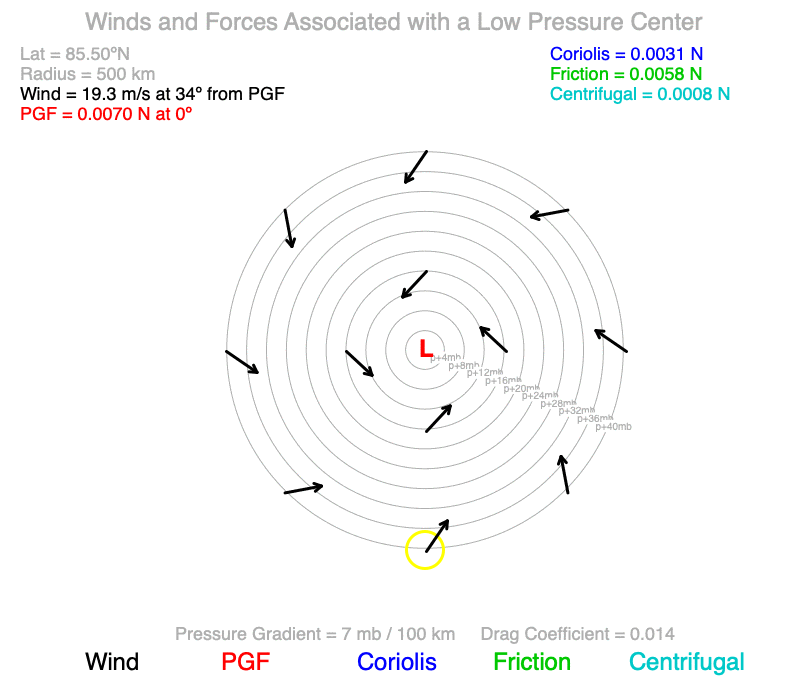
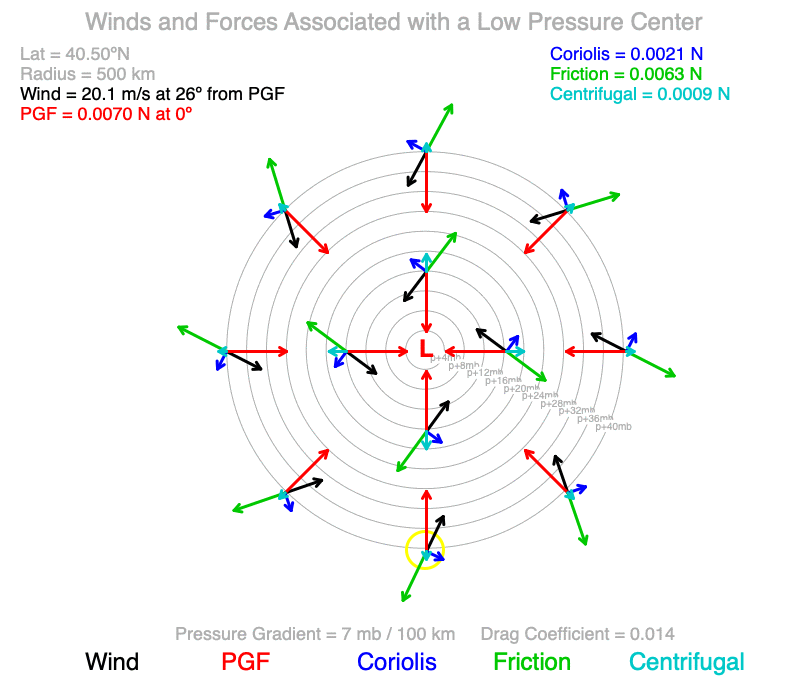







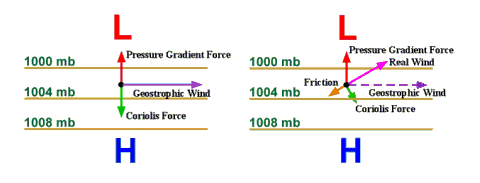



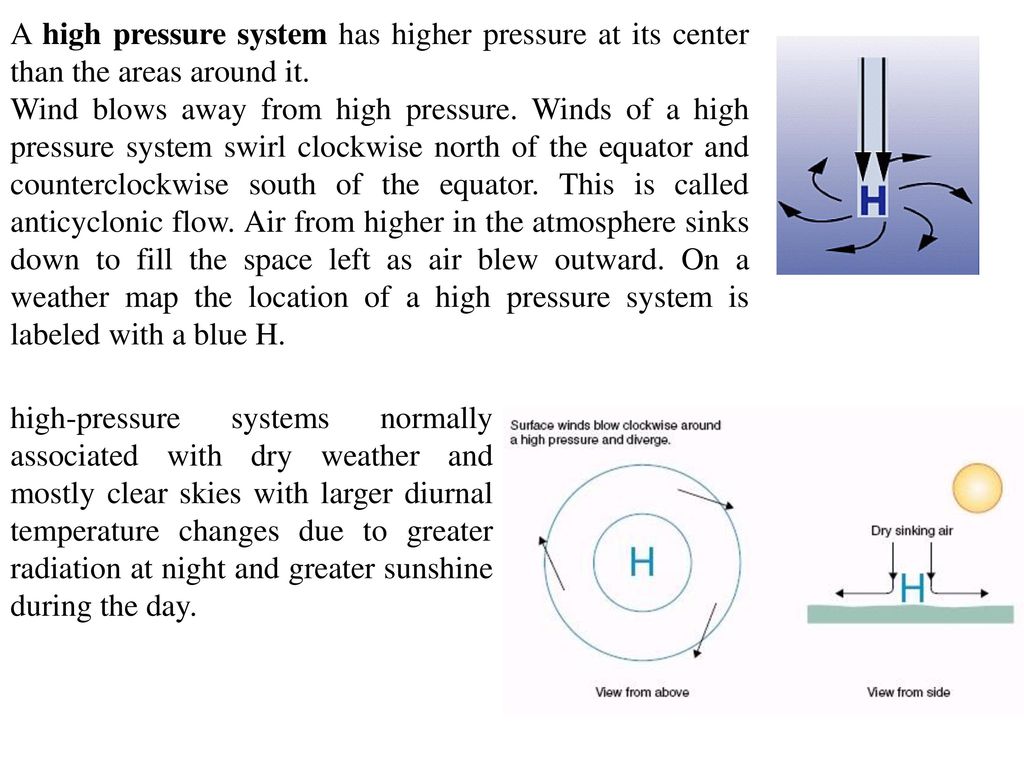

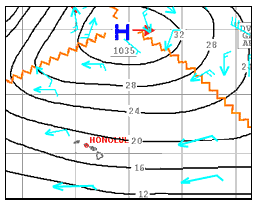

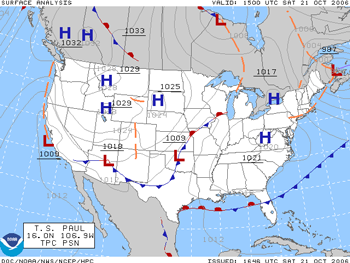
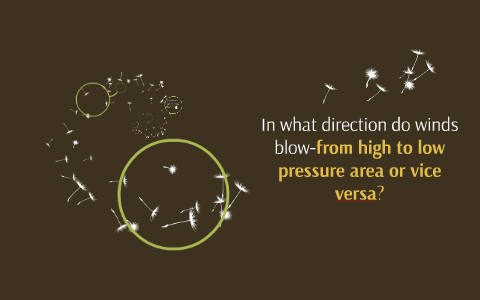
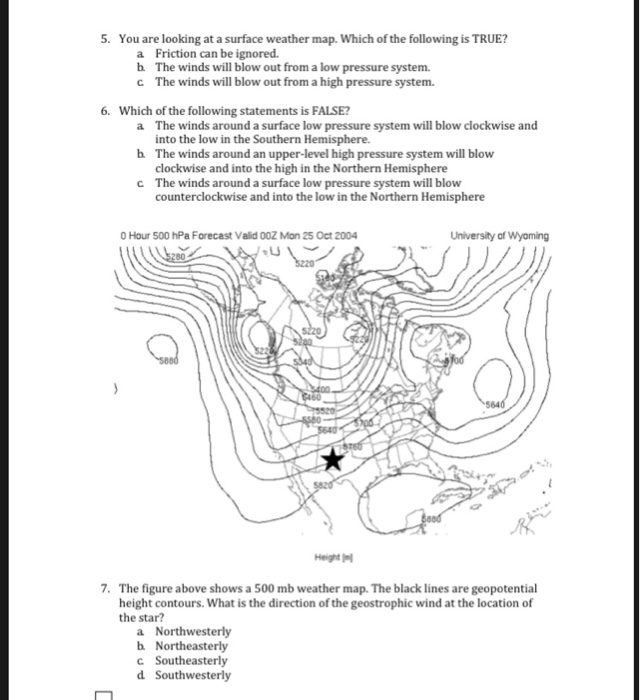

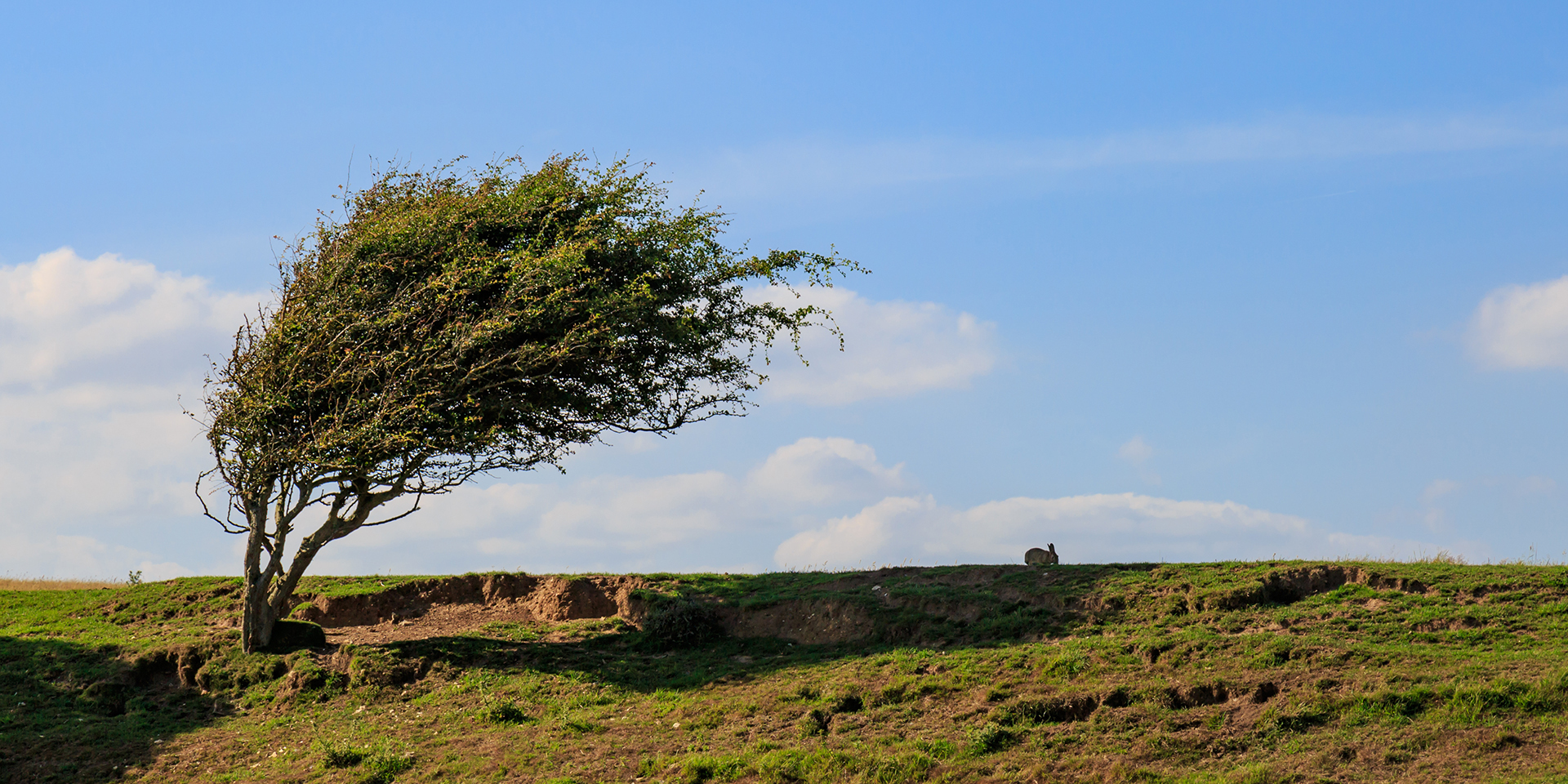






Post a Comment for "Which Way Do Winds Blow Around A Low Pressure System?"